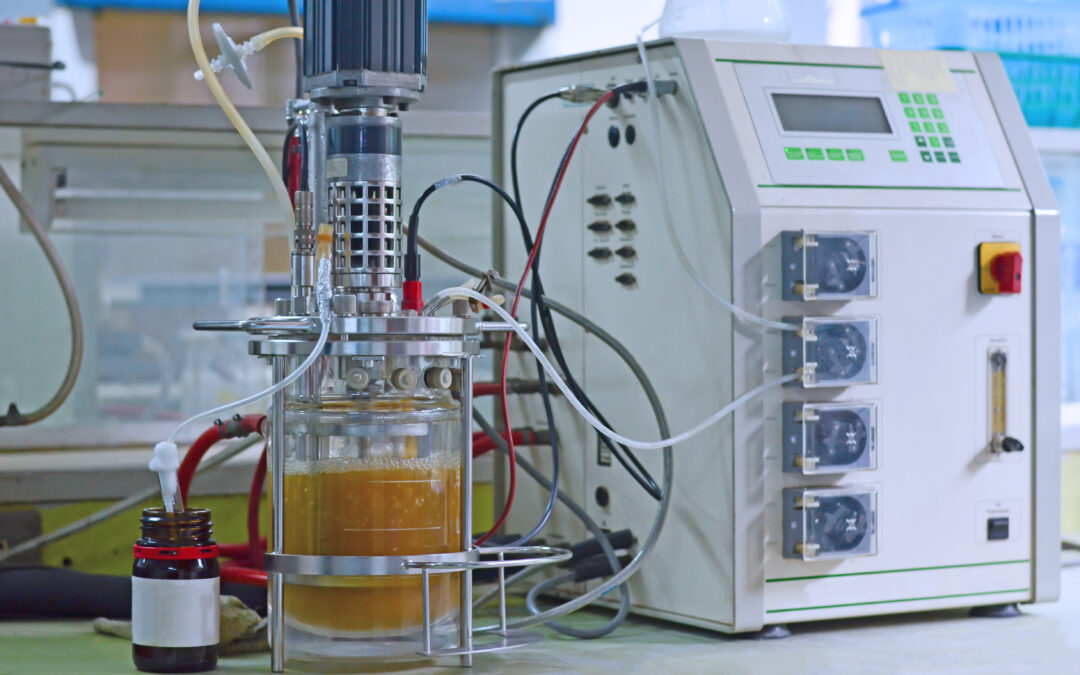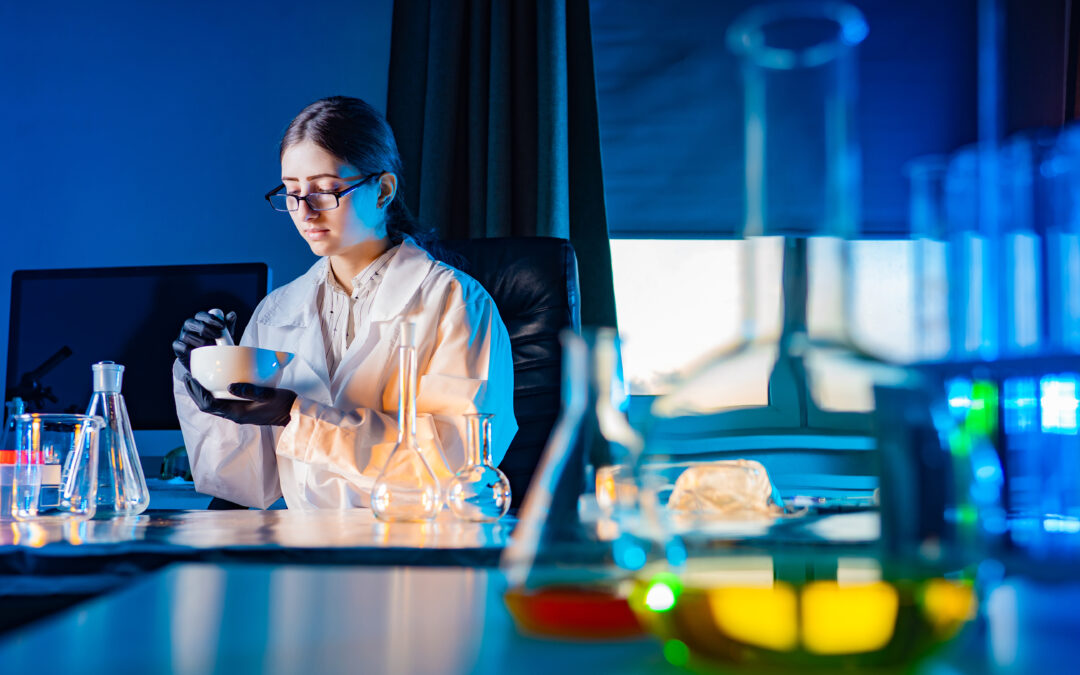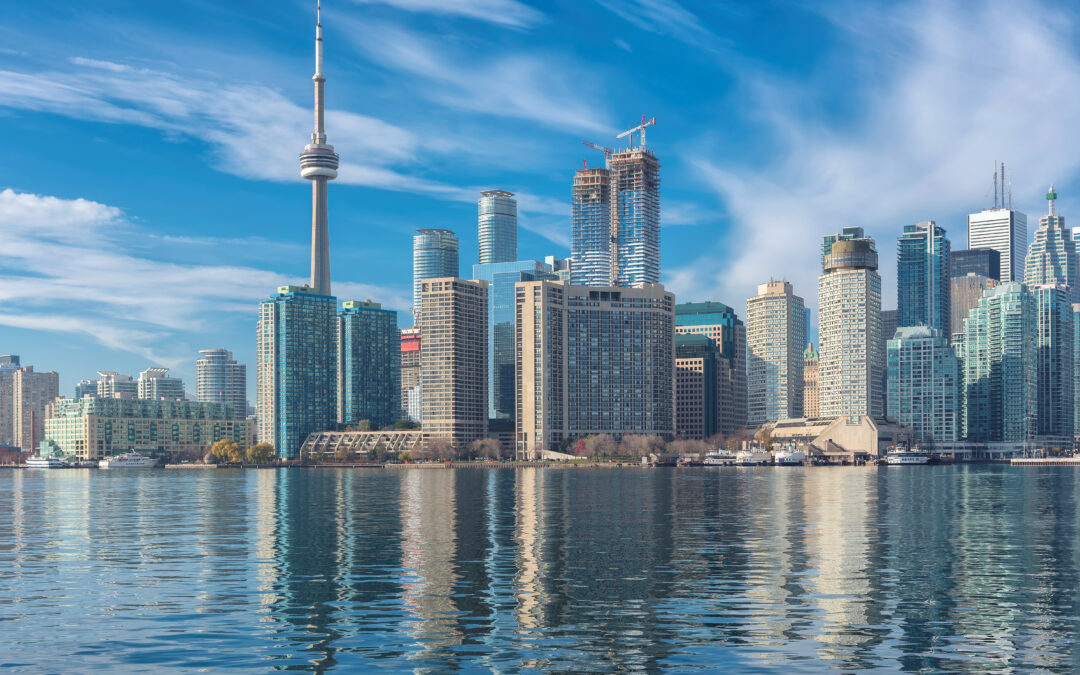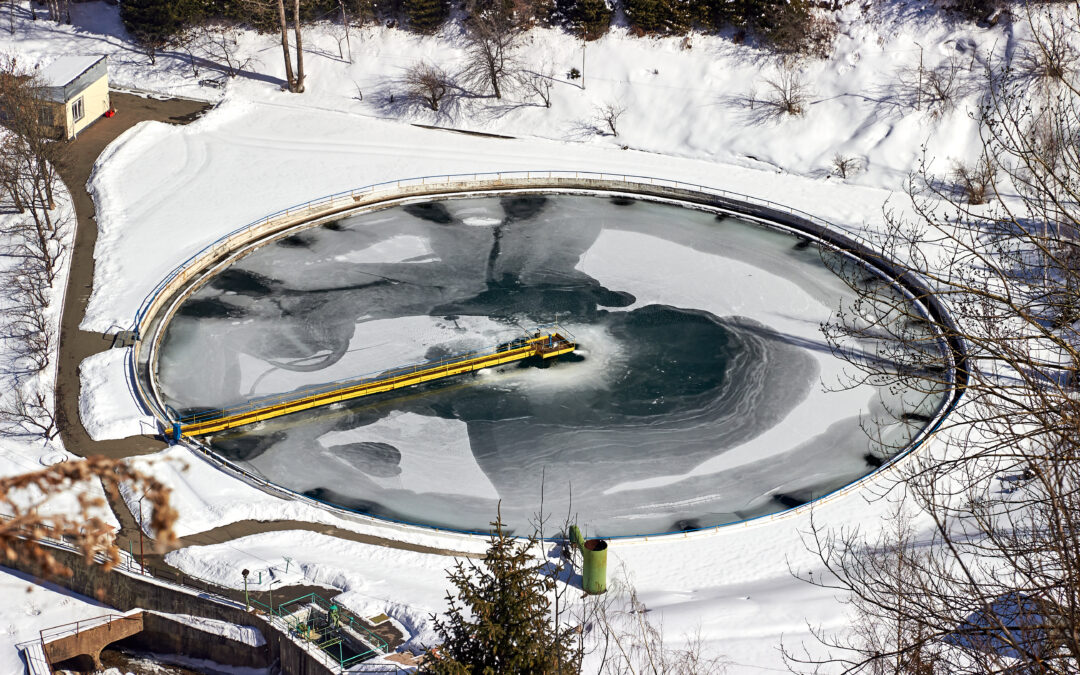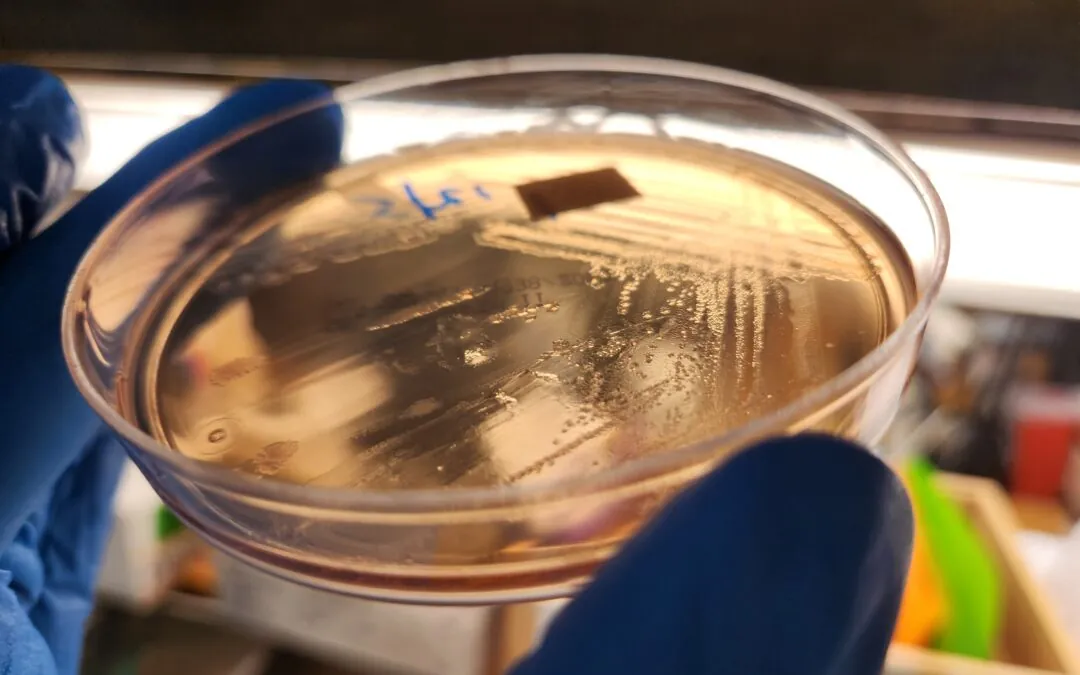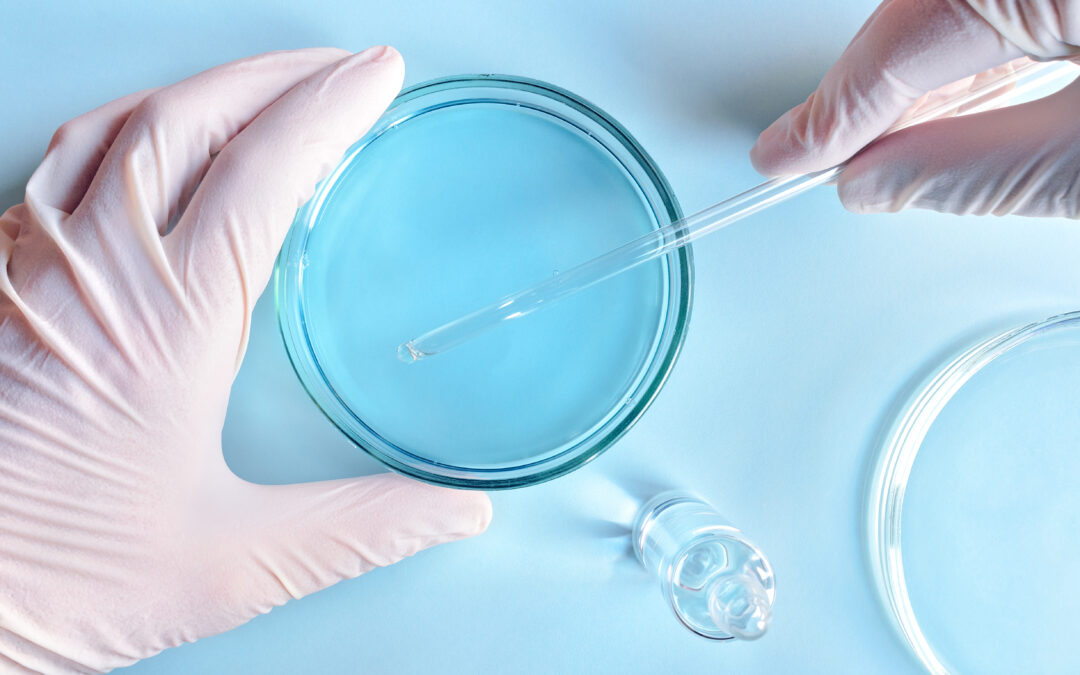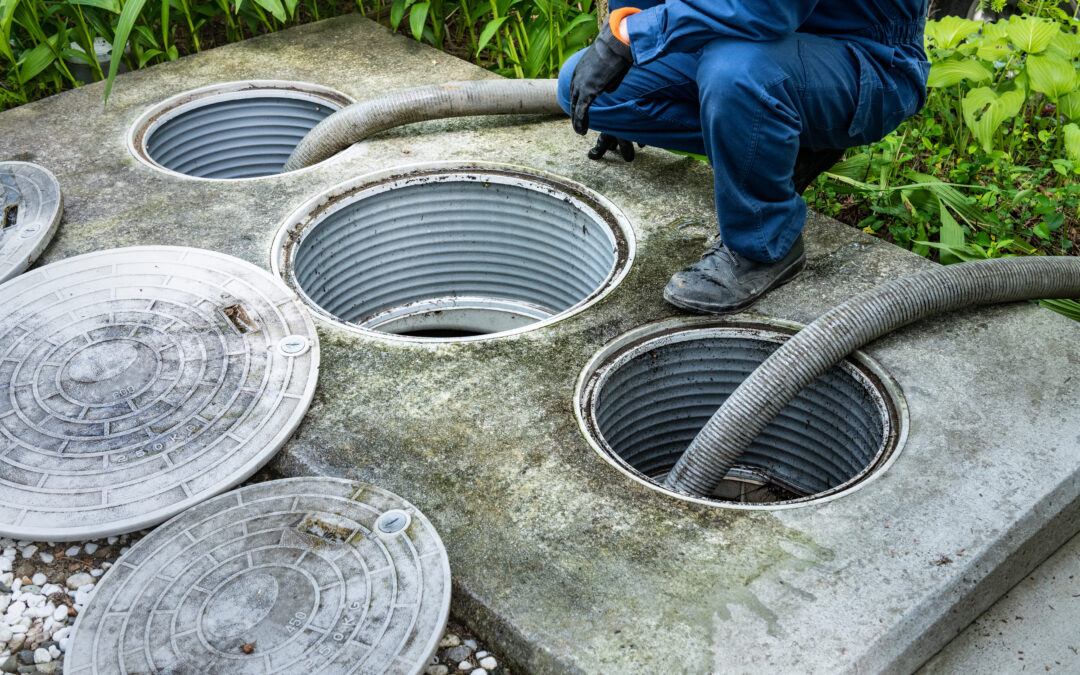1. How do MDG’s Bacillus strains help reduce a variety of organic materials such as debris, decaying food, human and pet waste and FOG?
MDG offers Bacillus-based products with different Bacillus strains that have a wide array of capabilities.
Bacillus are living organisms and need food to live and multiply.
They break down and consume food sources like proteins, carbohydrates, and FOG, that they use to support growth of more Bacillus cells.
2. How are Bacillus strains able to help reduce odors?
Bacillus can use certain odor-causing compounds as a food source or to support growth.Substances like volatile fatty acids (VFAs) are consumed as a food source.
Other substances like nitrogen are assimilated and incorporated into new Bacillus cells, which prevents them from being released as odorous gasses like ammonia.
3. What types of applications and industries are MDG’s Industrial and Institutional (I&I) Bacillus-based ingredients suitable for?
MDG I&I products are best suited for general cleaning and odor reduction.
Microbial cleaners work well in applications like drains and grease interceptors where they can prevent build-up of organic material that causes clogs and odors.
They also work well for applications like carpet or tile and grout cleaners where they provide long-lasting cleaning and odor reduction on surfaces that are traditionally hard to clean.
4. How are Bacillus able to harness the power of bioaugmentation and make organic material in the environment more readily available to digest for themselves and other bacteria in the system?
Bacillus are able to metabolize a wide range of substrates.
The metabolic process often involves Bacillus producing and releasing enzymes into the environment they are in, which breaks down waste into smaller molecules that can be consumed by bacteria.
Because this is an external process, when enzymes breakdown waste it can be consumed by other bacteria that exist in that environment as well.
Bacillus working together with the native bacterial population is one reason why bioaugmentation is an effective solution for waste treatment.
5. Is MDG able to sell its Bacillus strains into Canada and can distributors sell products to Canadian distributors?
Yes. MDG has completed its obligation to notify under the New Substance Notification Regulations (Organisms) for Environment and Climate Change Canada (ECCC) on strains of Bacillus.
Once imported into Canada the strains will be added to the Domestic Substance List (DSL) increasing MDG’s product offering into Canada.
Adding these additional strains to the DSL will allow for more products from MDG to be available, to be sold in Canada.
